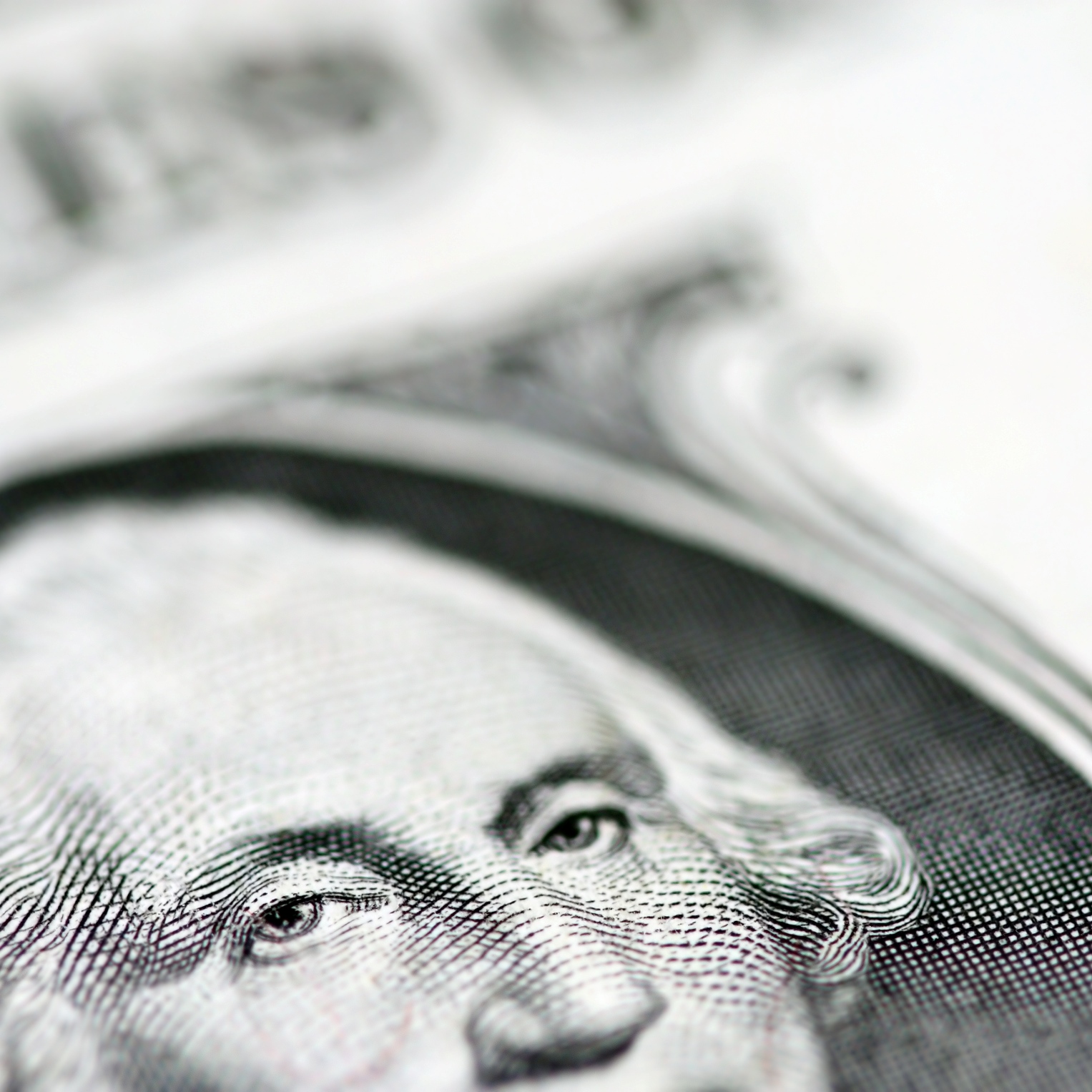Economy
Consumer Inflation Not Following Wholesale Inflation Above Fed's Target Range

Published:
Last Updated:

It was just on Tuesday that the markets had to deal with a hot inflationary number that was stronger than what had been seen in several years. The U.S. Department of Labor’s report on the Producer Price Index (PPI) for final demand showed annualized inflation in October rising more than 2%.
Headline PPI rose by 2.8% from October of 2016, and core PPI rose by 2.4%. Even if you back out energy and trade services, the deeper annualized core inflation was up 2.3%.
Then on Wednesday morning, the Labor Department’s Consumer Price Index (CPI) figure rose in October by 0.1% on the monthly reading (from September) and the core rate (excluding food and energy) rose 0.2% from September.
Where the real inflation is measured is in the annual readings of CPI, and October of 2017 saw prices 2.0% higher than in October of 2016 on the headline CPI. The core CPI rose by 1.8% from a year ago. While these are close to the Federal Reserve’s 2.0% to 2.5% threshold, they are far less hot than the producer prices, and they are a dialing down of some stronger prior reports.
Another reason for concern about inflation’s real strength is that oil prices have had a really bad week, and some economists believe that oil prices (and the gasoline prices used to get goods to market) are the biggest non-consumer demand issues when it comes to how strong inflation is.
After the bump up on Tuesday, 24/7 Wall St. reminded readers that higher wholesale inflation (PPI) can have a lag before appearing as inflation at the consumer level (CPI). Some businesses have inventories they have to work off from lower prices in prior months, and some businesses just have a hard time passing on higher costs to consumers at the register.
Consumer prices are still close to that 2.0% to 2.5% target range set by the Fed. That target range would support further rate hike efforts ahead. As of now, the market is really only pricing one more rate hike in 2018 after an expected hike next month. Unfortunately, the dot-plots issued by the Fed were forecasting more rate hikes in 2018.
The disparity of the market expectations and policy-maker expectations continues. Stay tuned.
Choosing the right (or wrong) time to claim Social Security can dramatically change your retirement. So, before making one of the biggest decisions of your financial life, it’s a smart idea to get an extra set of eyes on your complete financial situation.
A financial advisor can help you decide the right Social Security option for you and your family. Finding a qualified financial advisor doesn’t have to be hard. SmartAsset’s free tool matches you with up to three financial advisors who serve your area, and you can interview your advisor matches at no cost to decide which one is right for you.
Click here to match with up to 3 financial pros who would be excited to help you optimize your Social Security outcomes.
Have questions about retirement or personal finance? Email us at [email protected]!
By emailing your questions to 24/7 Wall St., you agree to have them published anonymously on a673b.bigscoots-temp.com.
By submitting your story, you understand and agree that we may use your story, or versions of it, in all media and platforms, including via third parties.
Thank you for reading! Have some feedback for us?
Contact the 24/7 Wall St. editorial team.